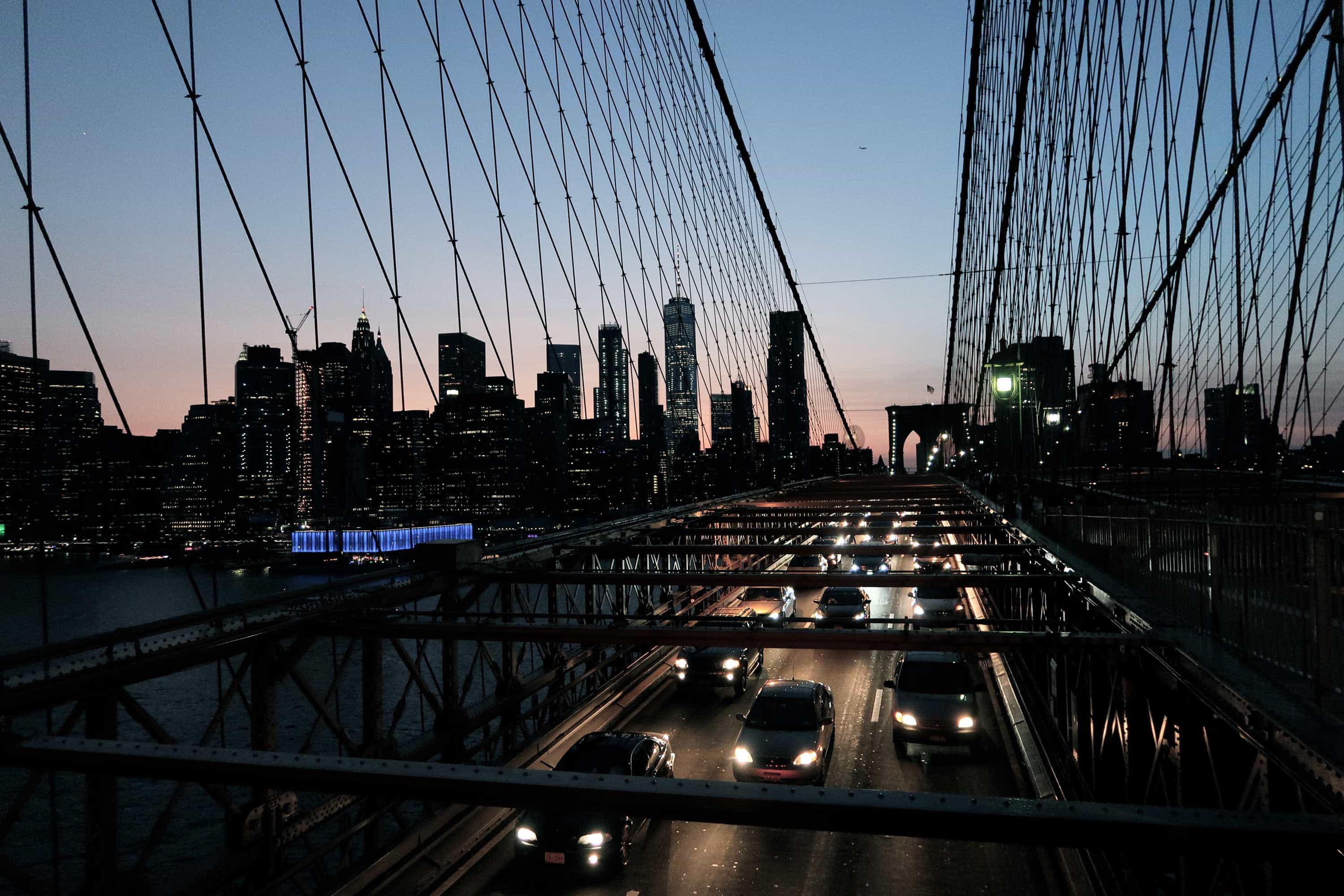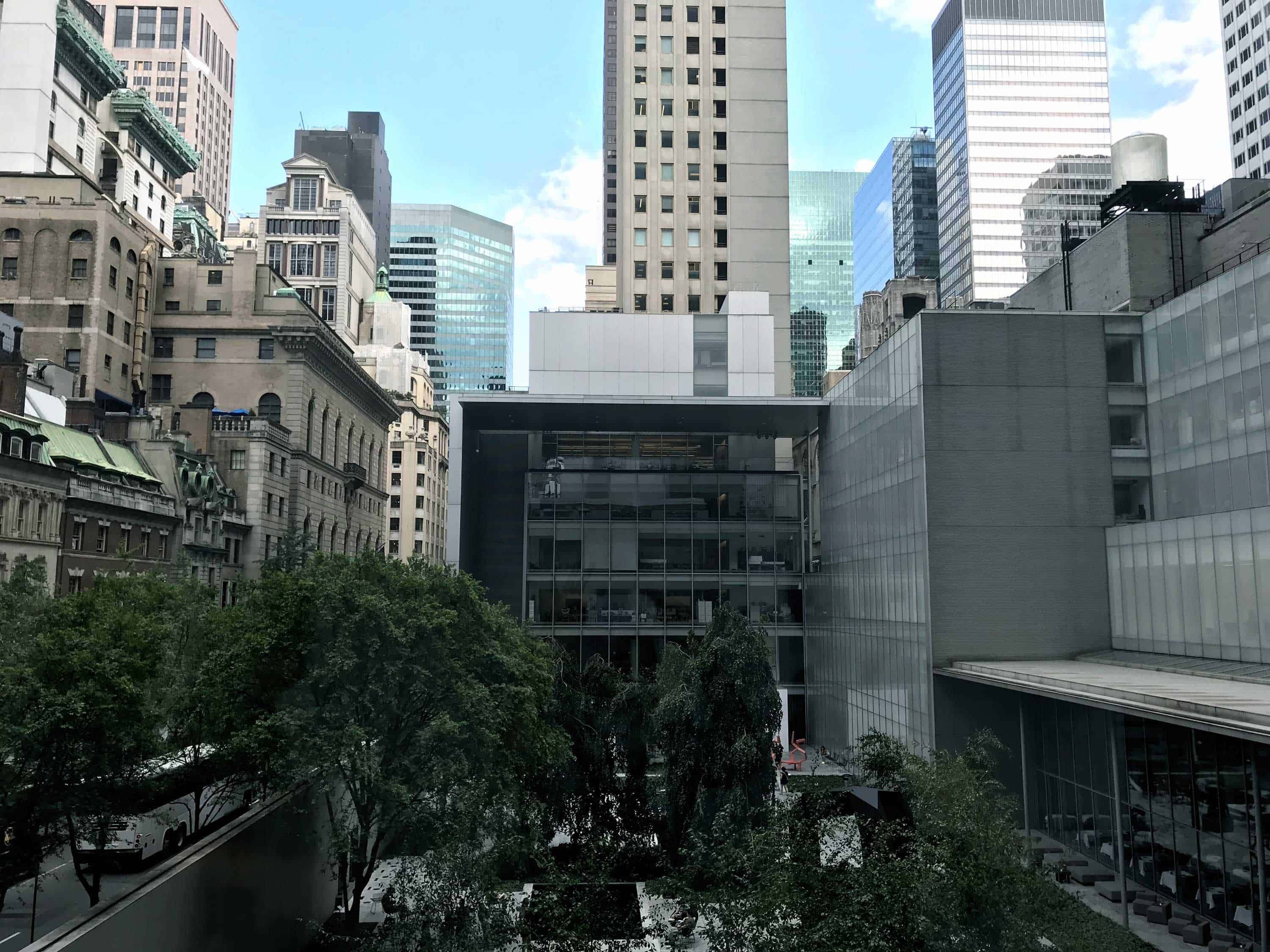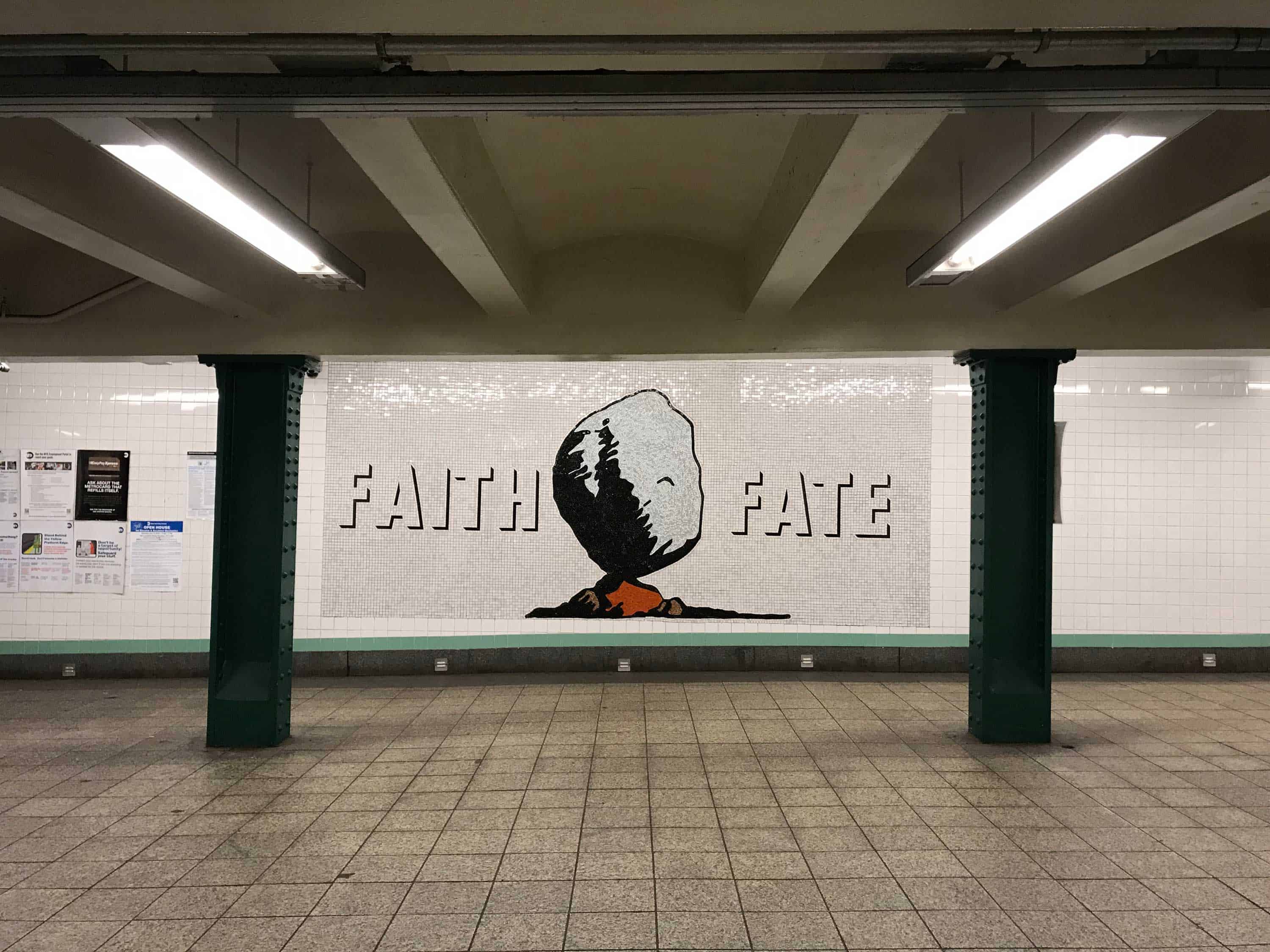The residencies are becoming increasingly popular due to the mobility at a scale previously unknown. It is difficult to provide a clear definition of what an artistic residency is, as there are so many types, from small-scale residencies organised by individuals, to residencies organised by respectable institutions. In the series “Art Residency”, we talk to artists, curators and representatives of international organisations on their experience, challenges and tips.
Natalia Załuska – visual artist talks about her experience during the stay in New York at the residency International Studio & Curatorial Program (ISCP), NYC
Contemporary Lynx: How did you find out about the residency programme? How did you apply?
Natalia Załuska: I have found out about the residency at International Studio & Curatorial Program (ISCP), NYC from a friend who has already participated in this programme. The application procedure is rather simple, artists are asked to send over documents like application form, portfolio and recommendation letters.
C.L.: What distinguishes working in residencies from working in your atelier?
N.Z.: A residency is a great chance to widen the background and personal experience as well as meet other like-minded artists, make friendships lasting beyond the residency duration. Furthermore, participation in the programme should enhance the ability to exchange ideas, share points of views and experiences. The contact with well-established institution enables to obtain a lot of exposure to inspiration, and allow to broaden the network within the art scene.
C.L.: What challenges and opportunities do residencies involve?
N.Z.: The biggest challenge is to rearrange and start working in a completely new, mostly unknown surroundings. It can be hard to find proper material, get used to the new situation. On the other hand, a residency is a great opportunity to gain a lot of valuable experiences, develop the practice and reconsider own work.
C.L.: Does the change of context help you in the creation process?
N.Z.: In my opinion, it should help! I think, one of the main reasons going on a residency is to find a new context, inspirations, as well as make research outside the residency program.
ISCP studio view (Open Studio Day, my studio), photo: Natalia Załuska
ISCP – common area, photo: Natalia Załuska
C.L.: Do you place emphasis on your work or more on meeting people, exploring the city and exchanging ideas?
N.Z.: It depends on where the residency is located. I know residencies in an extremely remote place. In this case, the best option is probably to use the time and work in concentration. On the other hand, if the residency takes place in one of the capitals of the art world I would highly recommend exploring the city, going out and meeting people.
C.L.: How does your average day look like?
N.Z.: I work in the studio, go to see some exhibitions, go out with my friends and colleagues.
C.L.: Name three objects which are the most important to you during the residency.
N.Z.: iPhone, MacBook, sketchbook.
C.L.: What is the role of the institution in your residency? What does it provide you with?
N.Z.: The last residency I have been – International Studio & Curatorial Program (ISCP) in New York City supports artists and curators as well as promotes exchange through public programs. Furthermore, the residency organizes exhibitions, events, and offsite projects, creates visibility for all of its artists.
C.L.: Does your residency finish with an exhibition or does it has an open formula?
N.Z.: There are two „Open Studios“ in Spring and Fall as well as Summer Open House in July. An „Open Studio” is a two-day exhibition presented by artists and curators currently in residence.
C.L.: What would you recommend to artists going abroad for an art residency?
N.Z.: To enjoy!
Chelsea Whitney Museum – High Line Installation by Marinella Senatore, photo: Natalia Załuska
Dia Beacon, photo: Natalia Załuska
The High Line with installation by Sable Elyse Smith, photo: Natalia Załuska
Brooklyn Bridge, photo: Natalia Załuska
Tony Cragg / Park Avenue, photo: Natalia Załuska
1. View from sky room in New Museum; 2. King Storm Art Center; 3. View to Manhattan from the MET roof garden + sculpture by Huma Bhabha;4. MoMA (Garden), photo: Natalia Załuska
Subway station / New York, photo: Natalia Załuska




















